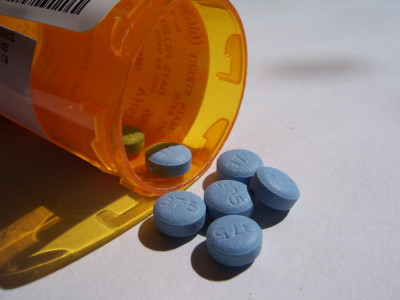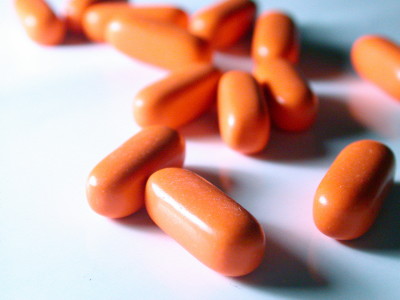Pink medicine sweet Blue medicine bitter? Possibility also affects how the color of the pill works

Recent studies have shown that even the taste, color, shape, and name of a medicine affects the image the patient holds for that medicine. It seems that it would be expected that it would be possible to boost the effect and suppress side effects if it seems to be "effective" names or looks.
According to a survey conducted on purchasers of marketing medicines in India, it has been found that the color of tablets actually influences the choice of the patient, and depending on the "preference" for the medicine formed by being affected by the color, how it works It is suggested that it will change.
Details are as below.The color of medicine
University of MumbaiDr. R. K. Srivastava and colleagues investigated the influence of "color" of tablets on consumer's choice for 600 purchasers of marketing medicines that can be purchased at the pharmacy without prescription. Thesis isInternational Journal of BiotechnologyIt is published in the magazine.
According to the survey, for 75% of people, the color of the medicine is a tag of memory that leads to compliance (do not forget at the prescribed time prescribed dosage and dose), and red and Many people like pink medicine. It is also known that the impression that a patient holds against the "taste" of a medicine depends on the color.
Regardless of the actual ingredients, there are many people who feel that yellow tablets "salty".

14% of people said that pink medicine feels "sweet" compared to red medicine.

11% of people have an image of "bitter" blue or white medicine.

It seems that 10% of people feel Orange's medicine is "sour".

In middle-aged and older adults, the proportion of those who prefer red medicine is twice that of the younger generation, and women prefer red medicine rather than men.

The results of this survey are expected to be useful for the marketing of marketed drugs by target age and sex, and considering that the image that the patient holds for that medicine greatly affects compliance, Suggesting the possibility of enhancing the therapeutic effect by doing. If there are many patients who are "intentional / unconscious" regardless of "intolerable" or "unintentional" patients because of "bitter", "sour", "dislike color" because they do not like to take medicine, improve the appearance and improve usage · The number of patients who observe the dose increases, so that it becomes "effective" as a result. It is said that there is a similar possibility for prescription drugs.
"Whenever a patient self-administers medicine, they have perceptual experiences such as only taking tablets and capsules, drinking liquids, applying creams and softeners, these perceptual" rituals " It affects the treatment effect that the patient feels, "says Dr. Srivastava. Researchers and researchers may be able to supplement the effects of medicine by combining all the elements perceived by the patient during medication, such as the appearance and taste of the medicine, odor and feel, by obtaining positive recognition It suggests.
Related Posts:
in Note, Posted by darkhorse_log







